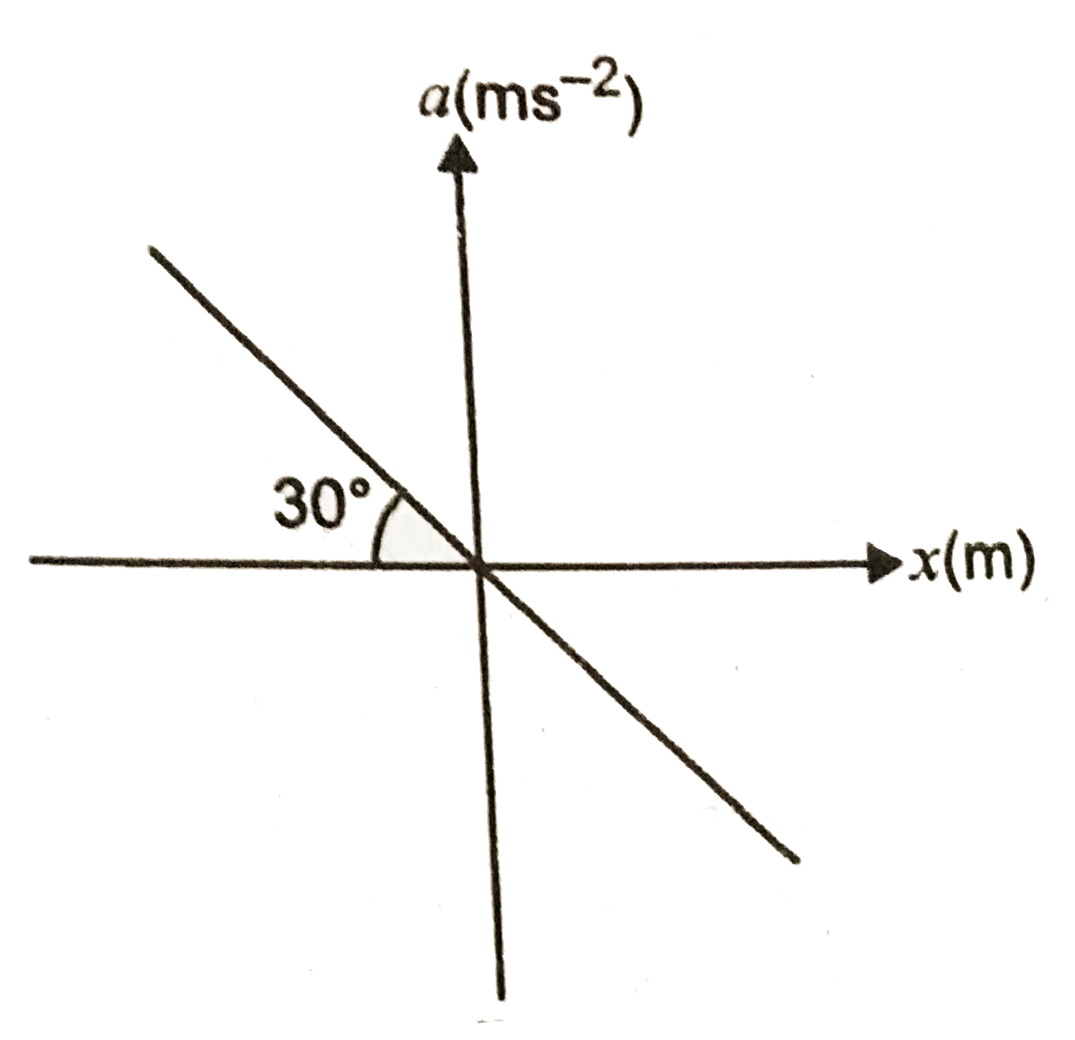The phase of a particle performing S.H.M. increases by after every 4 seconds. Its time period of oscillation is
8s
4s
2s
16s
The correct Answer is:D
Topper's Solved these Questions
- OSCILLATIONS BOOK - TARGET PUBLICATIONCHAPTER - OSCILLATIONS EXERCISE - Critical thinking
81 Videos
- OSCILLATIONS BOOK - TARGET PUBLICATIONCHAPTER - OSCILLATIONS EXERCISE - COMPETITIVE THINKING
135 Videos
- MODEL QUESTION PAPER BOOK - TARGET PUBLICATIONCHAPTER - MODEL QUESTION PAPER EXERCISE - MODEL QUESTION PAPER -II
47 Videos
- QUESTION PAPER 2019BOOK - TARGET PUBLICATIONCHAPTER - QUESTION PAPER 2019EXERCISE - MCQ
45 Videos
Similar Questions
A graph is plotted between the instantaneous velocity of a particle performing S.H.M. and displacement. Then the period of S.H.M. is

View SolutionAssertion : A particle performing SHM at certain instant is having velocity v. It again acquire a velocity v for the first time after a time interval of T second. Then the time period of oscillation is T second.
Reason : A particle performing SHM can have same velocity at two instants in one cycle.
View Solution
Knowledge Check
The phase of a particle performing a linear S.H.M. increases by π4 after every 5 sec. What is the frequency of its oscillation ?
A110HzB120HzC130HzD140HzThe phase of a particle in S.H.M. is π/2, then :
AIts velocity will be maximumBIts acceleration will be minimumCRestoring force on it will be minimum.DIts displacement will be maximum.The phase of a particle executing S.H.M is π/2 when it has
Amaximum displacementBmaximum velocityCmaximum energyDnone of the above
The acceleration versus displacement graph of a particle performing SHM is shown in figure. The time period of oscillation of particle in second is

View SolutionThe differential equation of a particle performing a S.H.M. is d2xdt2+64x=0. The period of oscillation of the particle is
View SolutionThe kinetic energy of a particle, executing S.H.M. is 16 J when it is in its mean position. IF the amplitude of oscillation is 25 cm and the mass of the particle is 5.12 Kg, the time period of its oscillations is
View SolutionA particle performing S.H.M. with the initial phase angle is π/2. Then the particle is at
View SolutionAssertion : A particle performing SHM at certain instant is having velocity v. It again acquire a velocity v for the first time after a time interval of T second. Then the time period of oscillation is T second.
Reason : A particle performing SHM can have same velocity at two instants in one cycle.
View Solution
